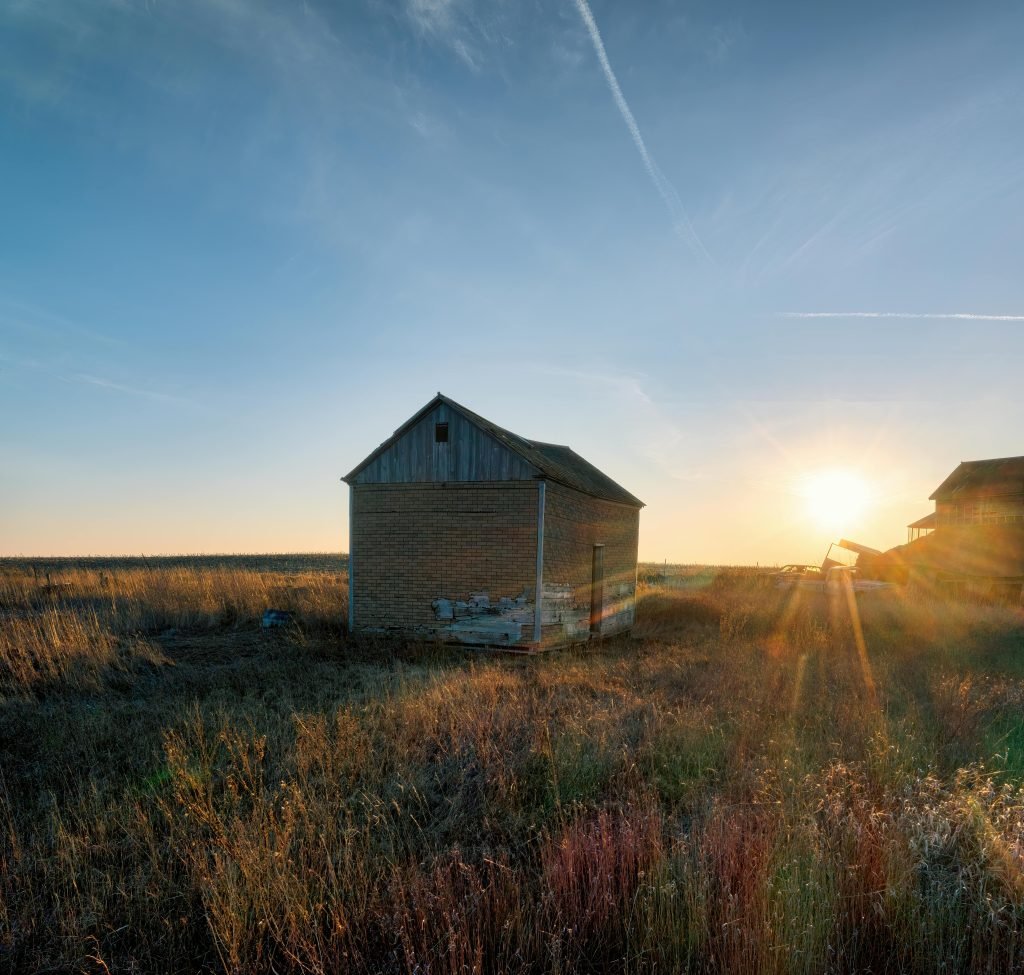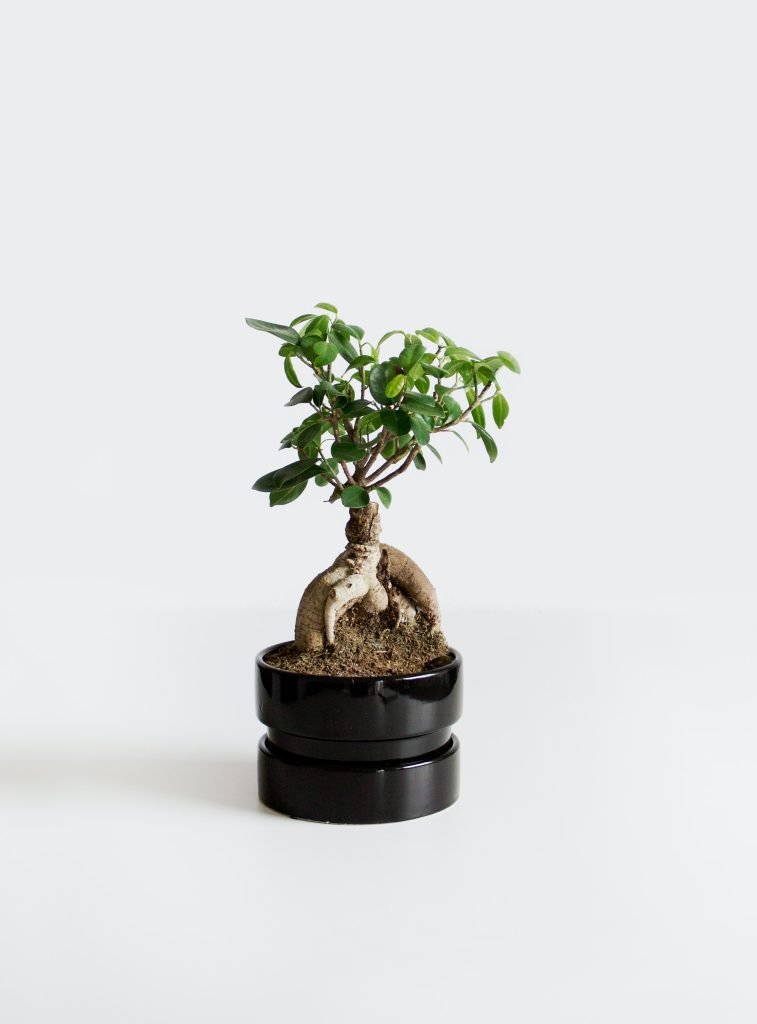In “What’s The Process For Building A Small Garden Shed?”, you will discover a step-by-step guide on how to create a cozy and functional storage space in your backyard. Starting from selecting the perfect location and gathering materials, to assembling the structure and adding the finishing touches, this article makes the process simple and enjoyable. By following these easy-to-understand instructions, you’ll transform a few ideas and some raw materials into a charming garden shed that meets your needs and adds a touch of personality to your outdoor space. Have you ever found yourself wondering, “What’s the process for building a small garden shed?” Building a small garden shed might seem like a daunting task, but with the right approach, it is entirely achievable, even for beginners. A garden shed can provide you with much-needed storage space and become a charming feature of your backyard. Let’s dive into the step-by-step process that will help you bring your garden shed to life.

This image is property of images.pexels.com.
Planning Your Garden Shed
Planning is the cornerstone of any successful building project, and building a small garden shed is no different. Before you start breaking ground, there are a few important considerations to keep in mind.
Identify Your Needs
First and foremost, what do you need your garden shed for? Are you looking for a place to store gardening tools, bicycles, or lawn equipment? Or maybe you need extra space for a small workshop? Knowing the intended use will guide other decisions like size, layout, and materials.
Choosing the Right Location
The location of your garden shed is crucial. You want a spot that’s both accessible and complementary to your backyard’s overall layout. Consider sun exposure, proximity to trees, and the ground’s drainage capabilities. Avoid areas that collect water, as this can cause structural problems down the line.
Factors to Consider:
| Location Factor | Detail |
|---|---|
| Accessibility | Is it easy to reach, especially with equipment? |
| Sunlight | Will the shed receive sufficient light? |
| Drainage | Does water drain properly in this area? |
| Proximity to Trees | Will roots interfere with the foundation? |
Obtaining Necessary Permits
Don’t skip this step! Some localities require permits for structures over a certain size. Check with your local zoning office to make sure you’re in compliance with all regulations to avoid fines or issues later on.
Gathering Materials and Tools
Once you’ve planned your shed and secured your permits, it’s time to gather all necessary materials and tools. Having everything ready at the start will save you time and frustration down the line.
Materials
Depending on your design and budget, your list may vary. Here’s a general list of materials you’ll need:
- Pressure-treated lumber for the frame
- Plywood or OSB for the walls and roof
- Concrete blocks or gravel for the foundation
- Shingles for the roof
- Paint or stain for finishing
- Screws and nails
- Door hardware
Tools
Much like your materials, the tools you’ll need will depend on your specific plans. A comprehensive list might include:
- Circular saw
- Hammer
- Screwdriver or drill
- Level
- Measuring tape
- Shovel
- Safety gear (goggles, gloves, etc.)
Building the Foundation
A solid foundation is crucial to the longevity and stability of your garden shed. There are several types of foundations you can choose from, based on your specific needs and local regulations.
Concrete Block Foundation
A concrete block foundation is straightforward and offers good stability. Start by marking the boundaries of your shed with stakes and string.
- Clear the Area: Remove grass and debris.
- Level the Ground: Use a shovel and level to ensure the ground is flat.
- Lay the Concrete Blocks: Place the blocks at the corners and every 4-6 feet along the perimeter. Check for level as you go.
Gravel Pad Foundation
A gravel foundation is simpler and allows for better drainage, which can prolong the life of your shed.
- Mark the Area: Use stakes and string to define the shed’s dimensions.
- Excavate a Shallow Area: Dig down around 4-6 inches.
- Add Gravel: Fill the excavated area with gravel, and use a tamper to level it out.
Framing the Walls
With the foundation set, it’s time to frame the walls. This is one of the more labor-intensive parts of the build, but it’s immensely satisfying as it starts to give shape to your shed.
- Cut the Studs: Measure and cut your wall studs to the appropriate length.
- Assemble the Frames: Lay out your top and bottom plates, and attach the studs using screws or nails. Ensure everything is level and square.
- Raise the Walls: With the help of a friend, raise each wall and attach it to the foundation. Use temporary braces if needed to keep the walls upright.
Tips for Framing:
| Step | Tip |
|---|---|
| Cutting Studs | Measure twice, cut once. |
| Assembling Frames | Use a square to ensure all corners are true. |
| Raising Walls | Recruit a friend or two for help. Yes, it makes a significant difference! |

This image is property of images.pexels.com.
Adding the Roof
The roof not only provides shelter from the elements but also adds an aesthetic element to your garden shed. The process involves constructing roof trusses, sheathing, and finishing with shingles or another roofing material.
Constructing Roof Trusses
Roof trusses will support the weight of the roof and provide structural stability.
- Cut Truss Components: Based on your shed’s width, cut the top chords, bottom chords, and web pieces.
- Assemble Trusses: Lay out the pieces in a jig and nail them together.
- Install Trusses: Lift the trusses onto the walls and secure them, ensuring they are evenly spaced and properly aligned.
Adding Roof Sheathing and Shingles
- Install Sheathing: Cut your plywood or OSB sheets to size and attach them to the trusses.
- Lay Roofing Felt: Roll out the roofing felt over the sheathing and staple it down. This provides a moisture barrier.
- Install Shingles: Starting from the bottom edge, nail shingles in place, overlapping each row as you work upwards.
Tips for Roofing:
| Step | Tip |
|---|---|
| Constructing Trusses | Use a template for consistent trusses. |
| Installing Sheathing | Secure with screws or nails in a consistent pattern. |
| Installing Shingles | Follow manufacturer guidelines to ensure proper weather resistance. |
Installing the Doors and Windows
Doors and windows are functional as well as aesthetic elements. Installing them properly ensures your shed is both accessible and secure.
Installing the Door
- Frame the Door Opening: Cut the timber to size and create a frame within the wall for the door.
- Install Hinges and Hardware: Attach the door hinges to the frame and the door, ensuring they are level.
- Hang the Door: Lift the door into place and secure it with screws. Adjust as needed to make sure it swings freely.
Installing Windows
- Cut Window Openings: Measure and cut the openings in the wall sheathing.
- Build Window Frames: Construct frames for the window openings if not using pre-made windows.
- Install Windows: Insert the windows into the openings, and secure them with screws or nails. Ensure they are level and square.
Tips for Doors and Windows:
| Element | Tip |
|---|---|
| Door Frame | Double-check measurements for a snug fit. |
| Hinges and Hardware | Use heavy-duty hardware for longevity. |
| Window Installation | Pre-check fit to avoid gaps or drafts later. |

This image is property of images.pexels.com.
Adding Finishing Touches
You’re almost there! Now it’s time to add those final touches that will make your shed functional and visually appealing.
Painting and Sealing
- Choose Your Paint or Stain: Depending on the look you want and the material used, choose an appropriate paint or stain.
- Prep the Surface: Sand any rough areas and clean the surface.
- Apply Primer: Start with a primer to ensure the paint adheres properly.
- Paint or Stain: Apply at least two coats, allowing for drying time in between.
Adding Shelving and Storage
Consider what you’ll be storing and add shelving or hooks as needed. Wall-mounted shelves can help keep things organized and accessible.
Landscaping Around the Shed
Why not enhance the look of your new shed with some landscaping? Planting flowers or shrubs around the shed can help it blend into your garden and add an extra touch of beauty.
Landscaping Ideas:
| Type of Plant | Benefit |
|---|---|
| Perennials | Low maintenance, blooms annually. |
| Shrubs | Adds natural framing, can be evergreen. |
| Flower Beds | Adds color and helps with drainage. |
Conclusion
There you have it! Building a small garden shed may seem like a complex project at first glance, but when broken down into manageable steps, it becomes entirely doable. From planning and gathering materials to building the foundation, framing walls, installing the roof, and adding finishing touches – each step is crucial in creating a long-lasting and attractive garden shed.
So, roll up your sleeves, gather your tools and materials, and get started on your garden shed. Before you know it, you’ll have a new, useful addition to your backyard that you can be proud of. Happy building!




